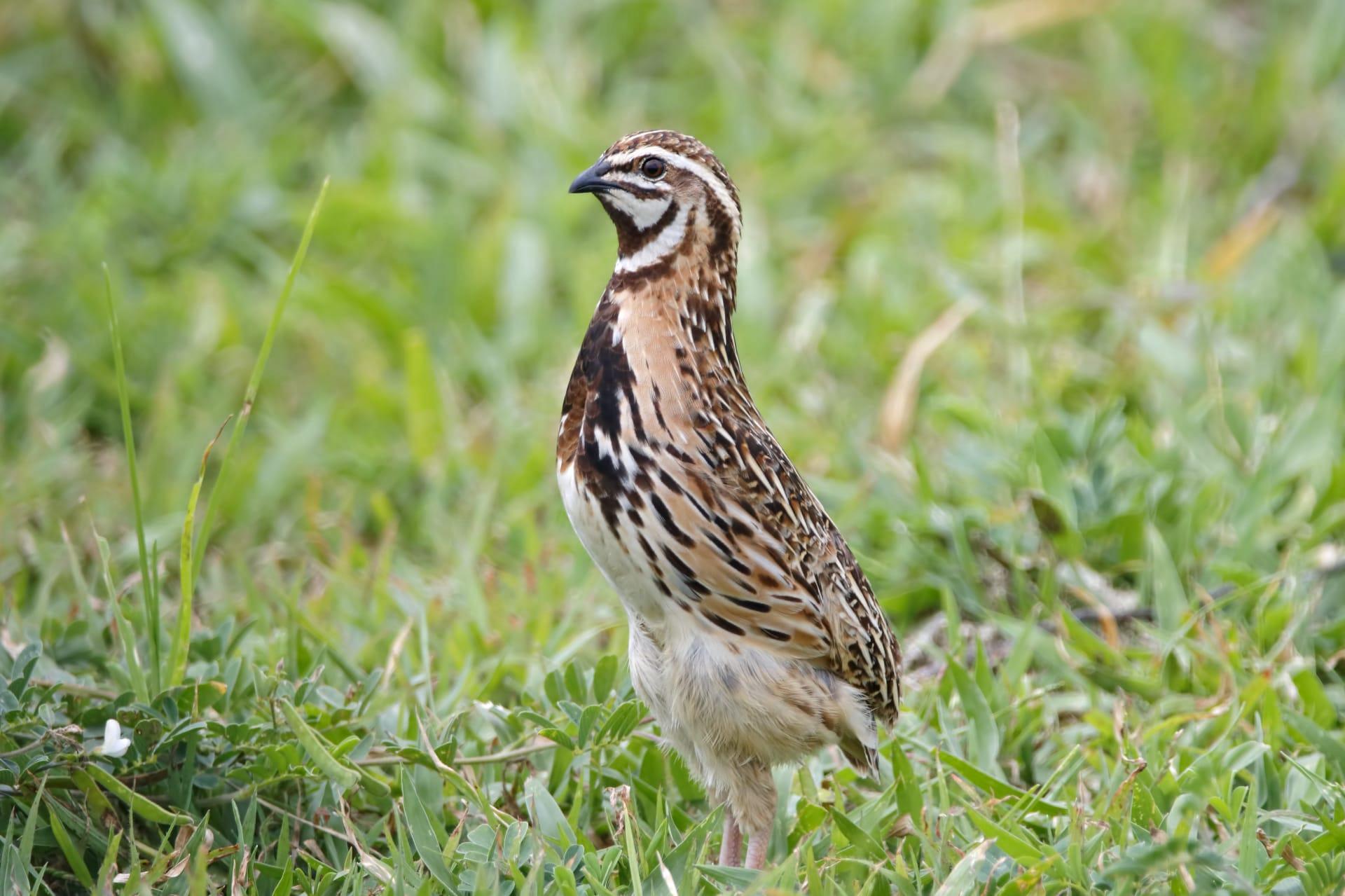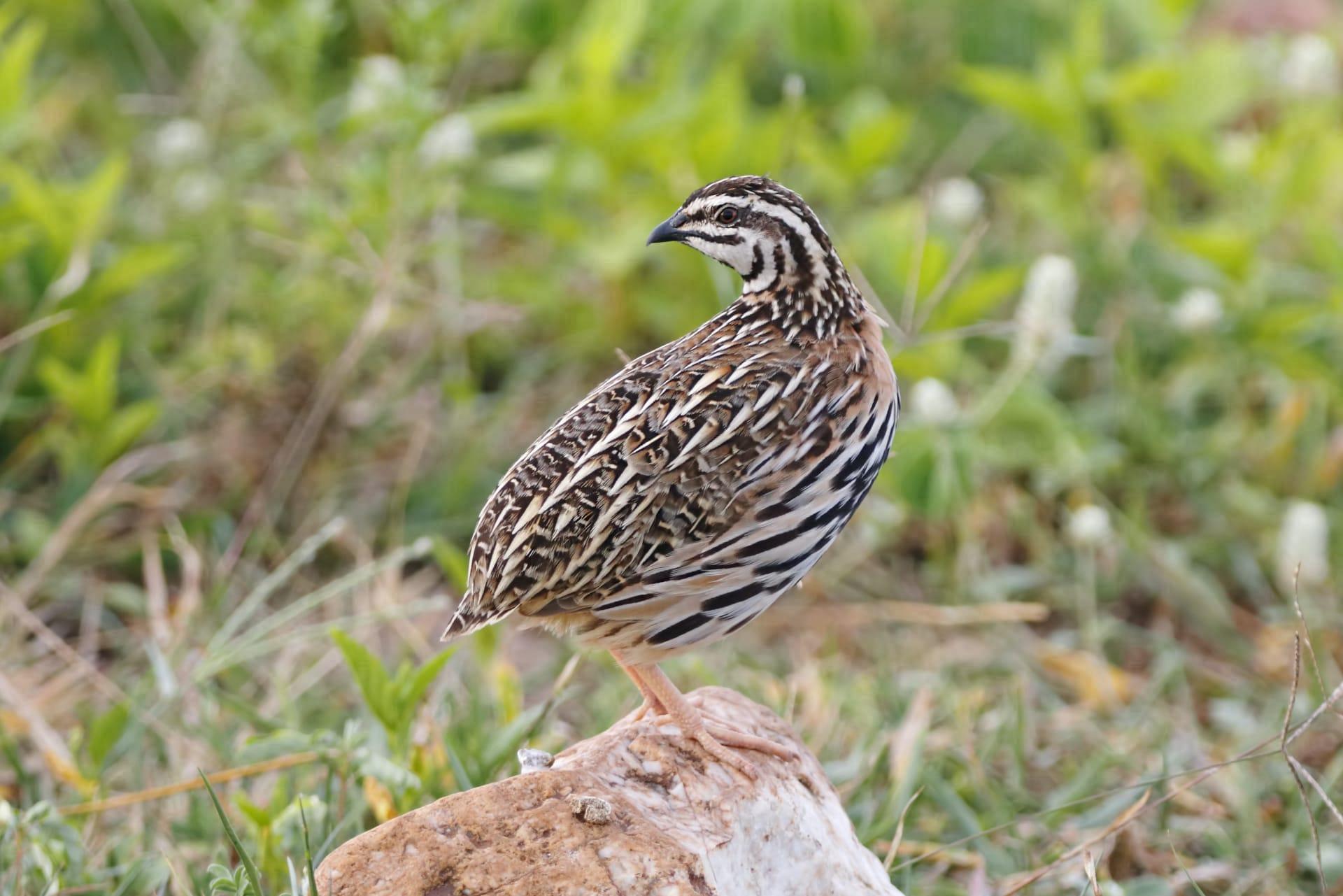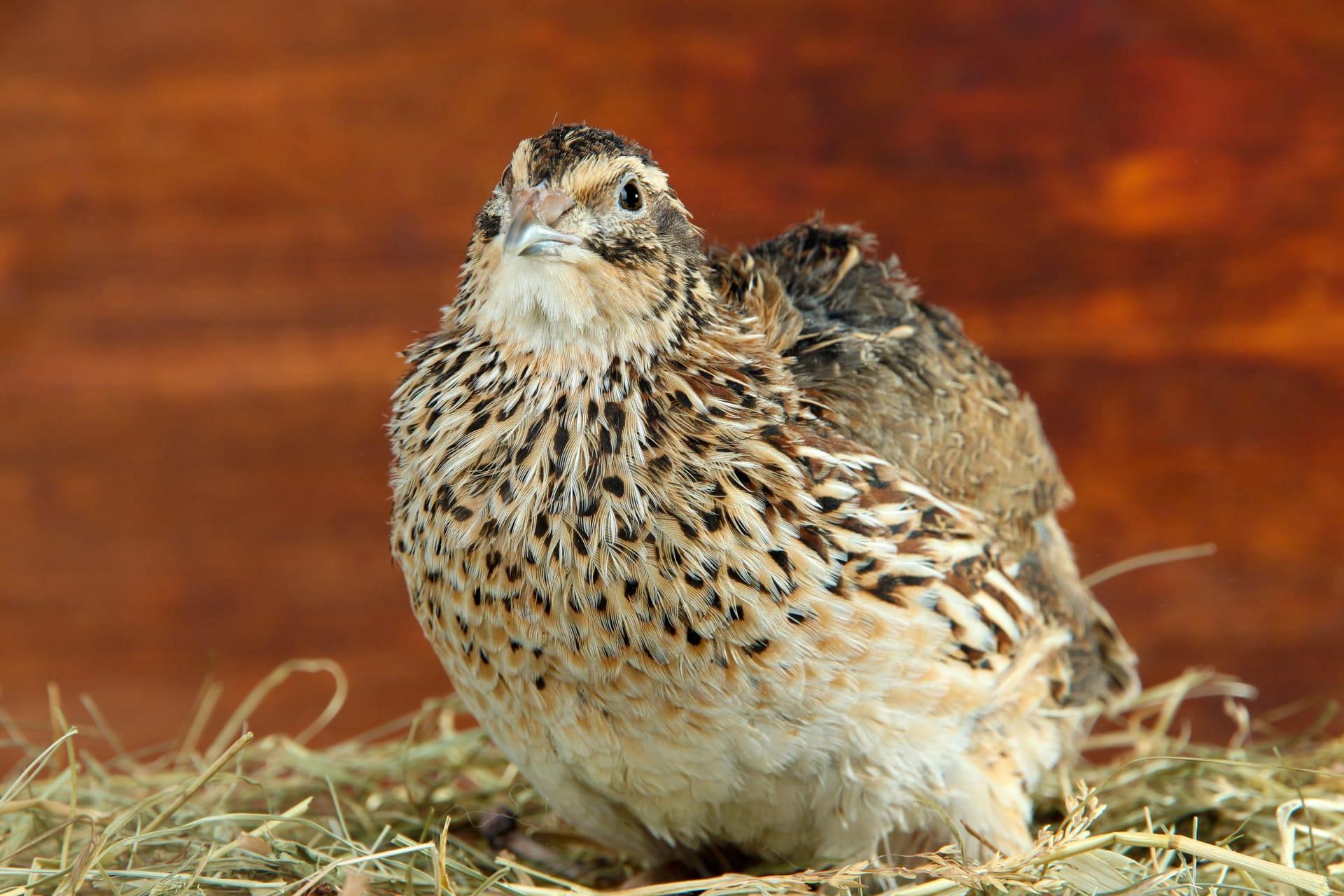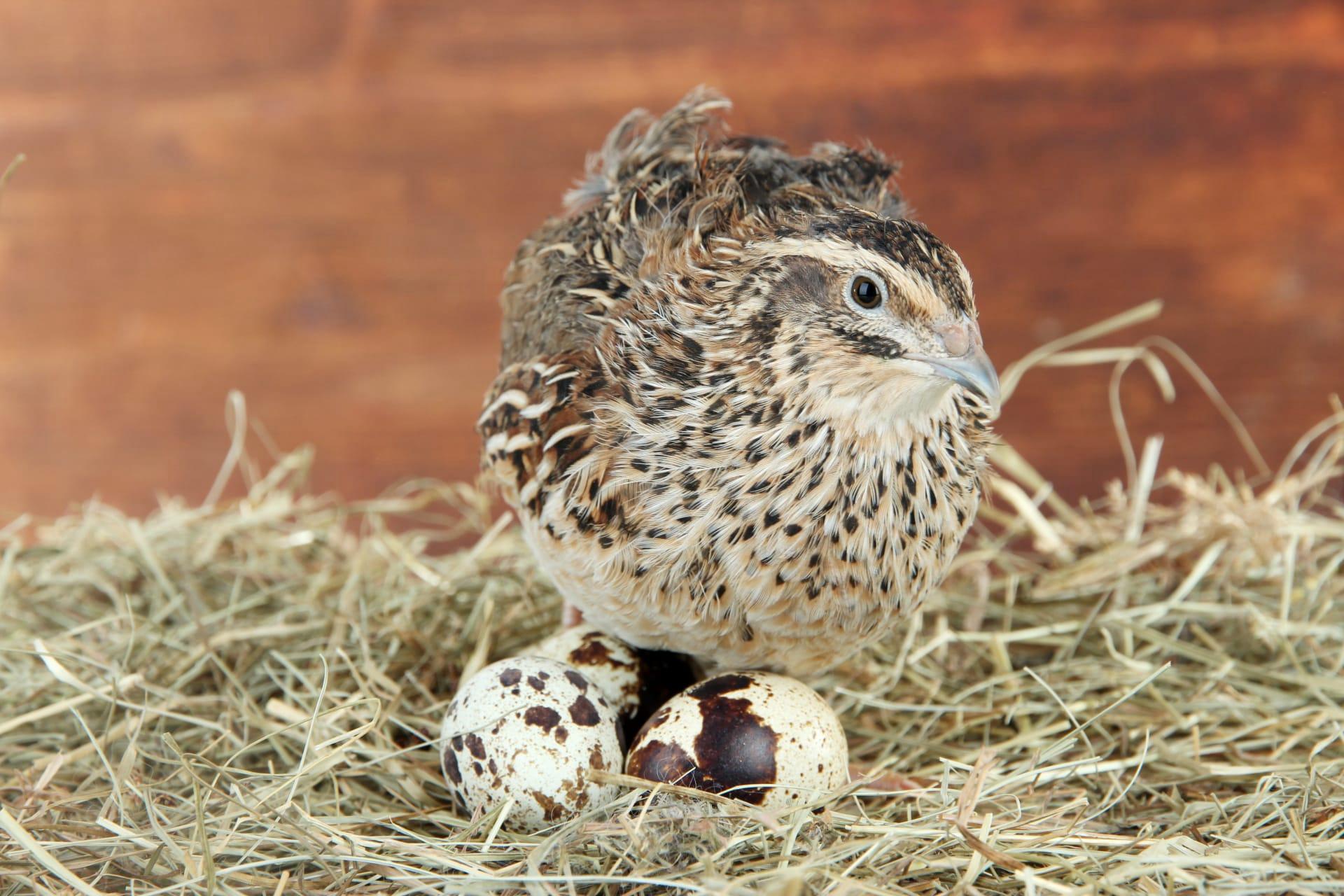Quail Trivia
- Home /
- Trivia Question /
- Animal /
- Quail Trivia
1
Question: How many different species of quail exist worldwide?
Answer: There are approximately 43 species of quail around the world. These species are spread across North America, Europe, Asia, and Africa. Each species has unique adaptations to their specific environments, such as the California Quail, known for its hardiness in arid conditions, and the Japanese Quail, notable for its prolific egg-laying abilities.
Question: What is the typical lifespan of a quail in the wild?
Answer: Quails usually have a lifespan of 2 to 3 years in the wild. However, this can vary based on factors like predation, habitat conditions, and availability of food. In captivity, with proper care, quails can live up to 5 years or more. Their relatively short lifespan in the wild is balanced by their high reproductive rate.

2
Question: Is it true that quails can't fly?
Answer: Contrary to popular belief, quails can indeed fly, albeit not for long distances. They are ground-dwelling birds but can perform quick, short bursts of flight to escape predators. These flights are typically low to the ground and cover only a few meters.
Question: Do quails migrate like other birds?
Answer: Most species of quail are sedentary, meaning they do not migrate. They tend to stay within a small home range throughout the year. However, some species, like the California Quail, may perform minor seasonal movements based on food availability and weather conditions, but these are not long-distance migrations.

3
Question: What do quails eat?
Answer: Quails are omnivores with a diet that varies by season and availability. They typically eat seeds, grains, berries, and other plant material, along with insects and small invertebrates. During the spring and summer, their diet is richer in insects, which provides additional protein necessary during the breeding season.
Question: How do quails protect themselves from predators?
Answer: Quails employ several strategies for protection. Their plumage provides excellent camouflage, blending seamlessly with their environment. When threatened, quails prefer to run and hide rather than fly. They are also known for their "broken-wing" act, where a parent pretends to be injured to lead predators away from their chicks.

4
Question: How many eggs does a quail typically lay, and what are their incubation habits?
Answer: A quail can lay between 10 to 16 eggs per clutch, with some species capable of laying more. The incubation period lasts about 21 to 24 days. Interestingly, it's not just the females that incubate; in some species, males share or even take over incubation duties. The eggs are known for their distinctive speckled appearance.
Question: Can quails be domesticated for farming purposes?
Answer: Yes, quails are increasingly being domesticated, particularly for their eggs and meat. Breeds like the Japanese Quail are popular in commercial farming due to their high egg production rate. Quail eggs are smaller than chicken eggs but are considered a delicacy in many cultures and are valued for their unique flavor.

5
Question: How do quails communicate with each other?
Answer: Quails use a variety of vocalizations to communicate. These sounds include mating calls, alarm calls, and calls to gather the flock. Each type of call has a distinct purpose and helps in maintaining group cohesion, warning of predators, or attracting a mate.
Question: What is the role of quails in their ecosystem?
Answer: Quails play a vital role in their ecosystems. They help in seed dispersal, which aids in plant propagation. Their foraging habits also contribute to soil aeration and nutrient cycling. Additionally, quails are a food source for predators, thus playing a key role in the food chain.